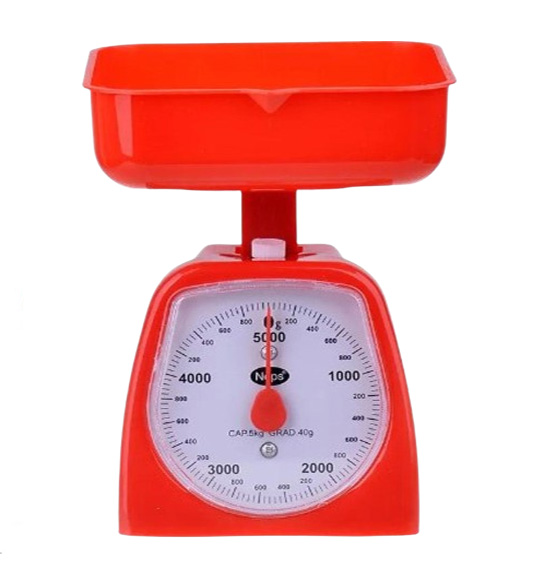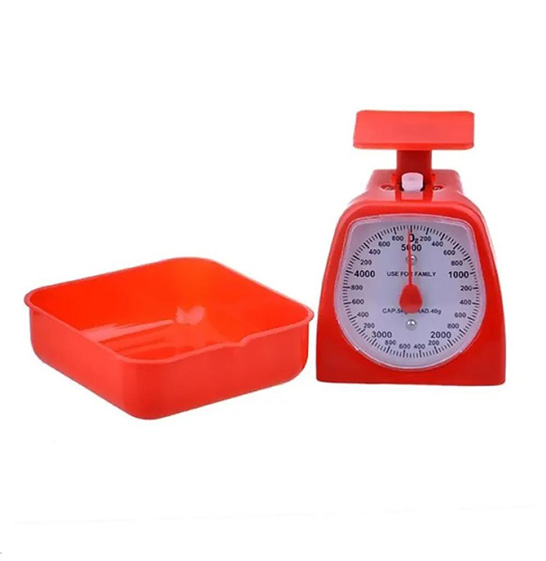The Zebra ZT231 Industrial Barcode Label Printer is designed with fast print speeds, high-resolution print quality, a large color touchscreen, and a forward-looking design, all packed into a space-saving footprint. You can enhance its capabilities with optional features like RFID, wireless connectivity, and advanced media handling as needed. The ZT231 features a durable metal frame, making it ideal for light industrial environments. It can produce crisp text and barcodes, with an optional 300 dpi resolution. Zebra also prioritizes user convenience and security, making your work easier and protecting your operations from potential threats. The Zebra ZT231 features a user-friendly 4.3″ full-color touchscreen, reducing training time and simplifying operation. It seamlessly integrates into your existing network, offering compatibility with other brands through Printer Emulations, eliminating the need to change label formats or rewrite code. Zebra provides a robust Print DNA software suite to expand printer capabilities further, allowing for easy configuration, troubleshooting, and management either on-site or remotely through a web-based dashboard.
Zebra ZT231 300 dpi Industrial Barcode Label Printer
Model: ZT231
Print methods: direct-thermal or thermal-transfer
Bi-fold media door with large clear window
Resolution: 300 dpi/12 dots per mm
4.3” color resistive touch screen
Call for Price
4
People watching this product now!
Product Description
Customer Reviews
Rated 0 out of 5
0 reviews
Rated 5 out of 5
0
Rated 4 out of 5
0
Rated 3 out of 5
0
Rated 2 out of 5
0
Rated 1 out of 5
0
Be the first to review “Zebra ZT231 300 dpi Industrial Barcode Label Printer” Cancel reply
Online Sports Nutrition and Natural Dietetics.
Chances are there wasn't collaboration, communication, and checkpoints, there wasn't a process agreed upon or specified with the granularity required. It's content strategy gone awry right from the start. Forswearing the use of Lorem Ipsum wouldn't have helped, won't help now. It's like saying you're a bad designer, use less bold text, don't use italics in every other paragraph. True enough, but that's not all that it takes to get things back on track.
The villagers are out there with a vengeance to get that Frankenstein
You made all the required mock ups for commissioned layout, got all the approvals, built a tested code base or had them built, you decided on a content management system, got a license for it or adapted:
- The toppings you may chose for that TV dinner pizza slice when you forgot to shop for foods, the paint you may slap on your face to impress the new boss is your business.
- But what about your daily bread? Design comps, layouts, wireframes—will your clients accept that you go about things the facile way?
- Authorities in our business will tell in no uncertain terms that Lorem Ipsum is that huge, huge no no to forswear forever.
- Not so fast, I'd say, there are some redeeming factors in favor of greeking text, as its use is merely the symptom of a worse problem to take into consideration.
- Websites in professional use templating systems.
- Commercial publishing platforms and content management systems ensure that you can show different text, different data using the same template.
- When it's about controlling hundreds of articles, product pages for web shops, or user profiles in social networks, all of them potentially with different sizes, formats, rules for differing elements things can break, designs agreed upon can have unintended consequences and look much different than expected.
This is quite a problem to solve, but just doing without greeking text won't fix it. Using test items of real content and data in designs will help, but there's no guarantee that every oddity will be found and corrected. Do you want to be sure? Then a prototype or beta site with real content published from the real CMS is needed—but you’re not going that far until you go through an initial design cycle.



















Reviews
Clear filtersThere are no reviews yet.